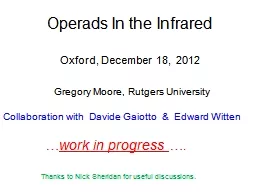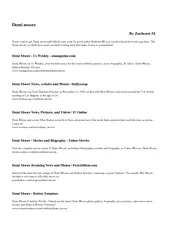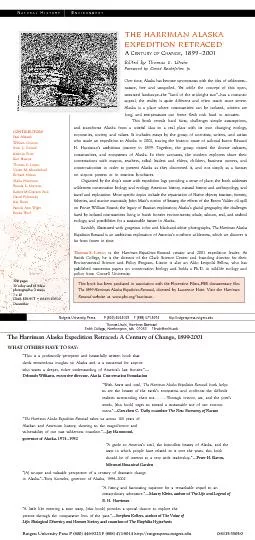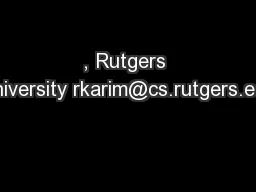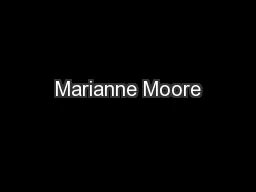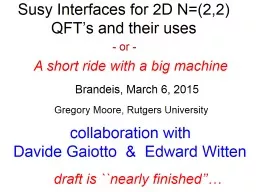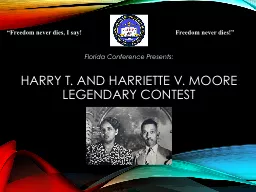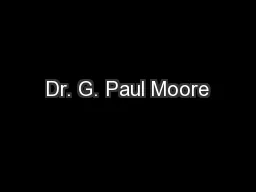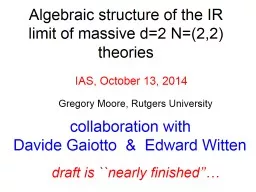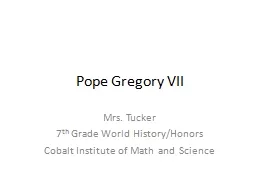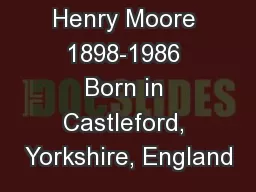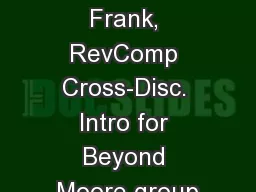PPT-Gregory Moore, Rutgers University
Author : calandra-battersby | Published Date : 2018-10-29
SCGP October 15 2013 collaboration with Davide Gaiotto amp Edward Witten work in progress Algebra of the Infrared Three Motivations Twodimensional N2 Landau
Presentation Embed Code
Download Presentation
Download Presentation The PPT/PDF document "Gregory Moore, Rutgers University" is the property of its rightful owner. Permission is granted to download and print the materials on this website for personal, non-commercial use only, and to display it on your personal computer provided you do not modify the materials and that you retain all copyright notices contained in the materials. By downloading content from our website, you accept the terms of this agreement.
Gregory Moore, Rutgers University: Transcript
Download Rules Of Document
"Gregory Moore, Rutgers University"The content belongs to its owner. You may download and print it for personal use, without modification, and keep all copyright notices. By downloading, you agree to these terms.
Related Documents

